Sicily is an alluring place—full of history and unique culture.
Rich in music, the arts, history, literature, cuisine and architecture. Sicily’s culture is inspired by the major civilizations that inhabited the island in its 10,000 year history: Greeks, Romans, Normans and Saracens.
And of course, the legendary Sicilian Mafia is part of its influence. So much that it has become a mini-industry in Hollywood, exemplified by the Oscar winning Godfather trilogy.
Let’s explore what makes Sicily so fascinating by looking at its attractions, culture and background.
What To See
Mount Etna
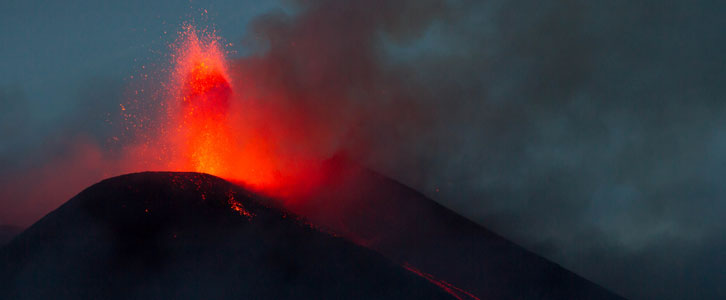
The famous Mount Etna is arguably Sicily’s most popular tourist attraction. The largest active volcano in Europe is a major draw card for tourists who enjoy the panoramic view of the surrounding areas from the top. Etna has been described as “lunar-like" and is definitely one of the most particular places in Italy.
Gole Alcantara and Castelmola
While you’re visiting Etna check out Gole Alcantara and the village of Castelmola. Gole Alcantara is a stunning gorge and set of canyons located along the River Alcantara outside the town of Taormina, perfect for nature lovers. Just as close is the mountaintop village of Castelmola with its superb views of the towns and coast below.
Syracuse
The ancient city of Syracuse is one of Sicily's real gems, and one of the oldest cities in Europe. The cultural and historical significance of this city has been recognized with a listing as a UNESCO World Heritage site.
Don't miss the old town of Ortygia, where ancient Greek settlers inhabited the island more than 2,000 years ago. The ancient architecture, temples and town walls are popular among tourists, especially during the European summer. Highlights include the Temple of Apollo, Fountain of Arethusa, the Greek Theater and the Roman Amphitheater.
Piazza Armerina
Piazza Armerina has seen its fair share of civilizations from the ancient Normans, Romans and Arabs. The most famous thing about this ancient city is its unique mosaics, found in the flooring of buildings, walls, columns, statues and other monuments. Its variety of mosaics are heavily influenced by the different cultures that have settled here.
Rabbit Beach, Lampedusa
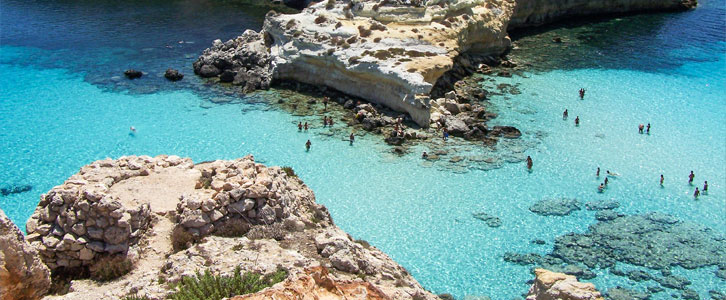
One of the most famed beaches in the world is Rabbit Beach on Lampedusa Island, approximately 127 miles from Sicily. It has been lauded by a Huffington Post writer as “perhaps the best beach in the world.”
Sicilian Culture, Mobsters and All
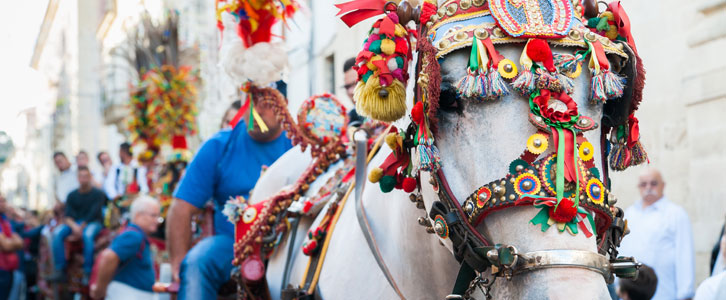
A unique sense of identity amongst ethnic Sicilians breeds a regional separatist feeling amongst many locals. But this is hardly exclusive to Sicilians—Calabrians, Tuscans and many others feel the same way.
Generally, Sicilians do feel and are a little different from their mainland brothers. The mixing and matching between different cultures has created a very distinct sense of identity and culture.
Sicilians have their own physical attributes as well. Like most southern Italians, they have darker complexions and stronger facial features, as a reflection of the different civilizations that had ruled the land for many centuries. You can still see these influences today. You can find a church from the Norman period and then on another part of the island, a mosque from when the Arabs ruled the island.
Like many other regions of Italy, people there speak their own dialect, with words borrowed from or influenced by Arabic, Spanish, French, Greek and Catalan.
The Sicilian Mafia, to the dismay of locals, has become synonymous with Sicily. The Mafia’s origins date back to the 19th century when Sicily was transitioning out of a feudal society and becoming unified with the rest of Italy. Eventually, the mob came to dominate all areas of economic life via extortion, violence and general corruption that spread to the authorities.
What broke its grip?
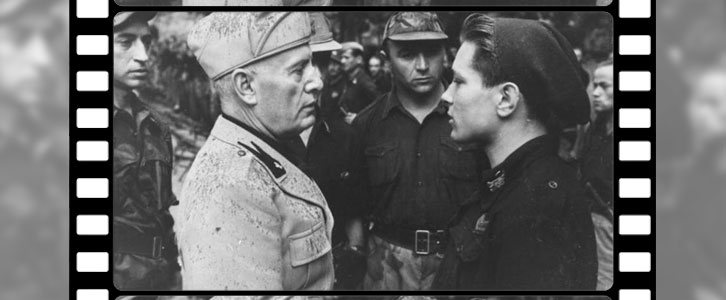
The reign of fascist Italy under Benito Mussolini, who actually set out to destroy the Mafia’s influence on the island. His campaign destroyed many of the families that ran the island and forced them to flee to countries like the United States, exporting their tactics. A few created some of the most powerful criminal organizations in U.S. crime history, such as the Gambino and Bonnano families.
After World War II, Italy underwent a tough period of reconstruction and rebuilding. This chaos provided many opportunities for the persecuted Mafia families under Mussolini to make a comeback and start exerting their influence over the island again. To this day they are a force within Italian politics and society on the island.
Battleground of Civilizations
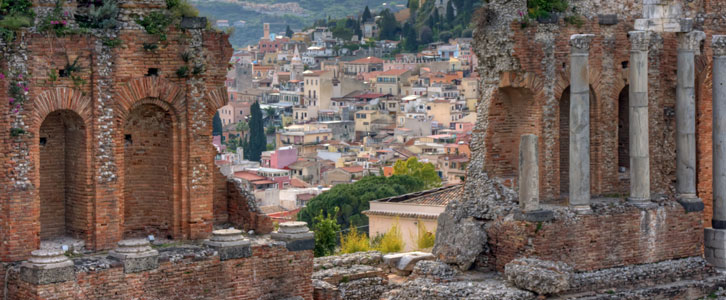
The Romans ruled Sicily for approximately 200 years before they were overthrown by the Vandals from North Africa, launching a bloody series of different rulers and power struggles including: Byzantines, Arabs, Normans, Germanic tribes, Bourbons and many other European settlers.
Sicily was unified into the Italian empire in 1860.
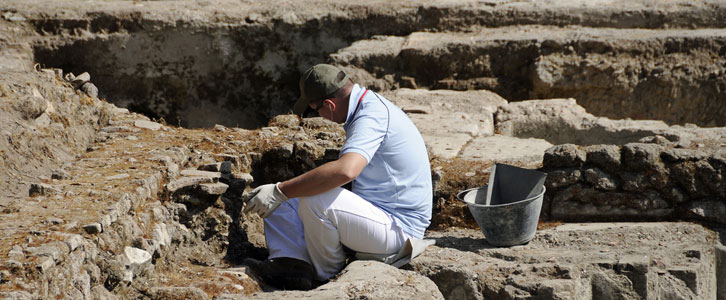
For archeologists, Sicily is a treasure trove. The island was first inhabited by ancient tribes such as the Mycenaeans and Phoenicians. Some settlements still remain and are believed to be up to 20,000 years old.
In the period of 700 BC, the ancient Greeks settled on the island. Eventually, because of important resources on the island, it became a battleground between different civilizations vying for control, and this led to the Punic Wars, fought between the Romans and Carthage, resulting in an eventual Roman victory.
This incredible mix of civilizations makes Sicily a unique kaleidoscope of history throughout the ages.
Sicily has to be seen by any lover of Italy.
In the words of famous German writer Johann Wolfgang von Goethe, “To have seen Italy without having seen Sicily is not to have seen Italy at all, for Sicily is the clue to everything.”